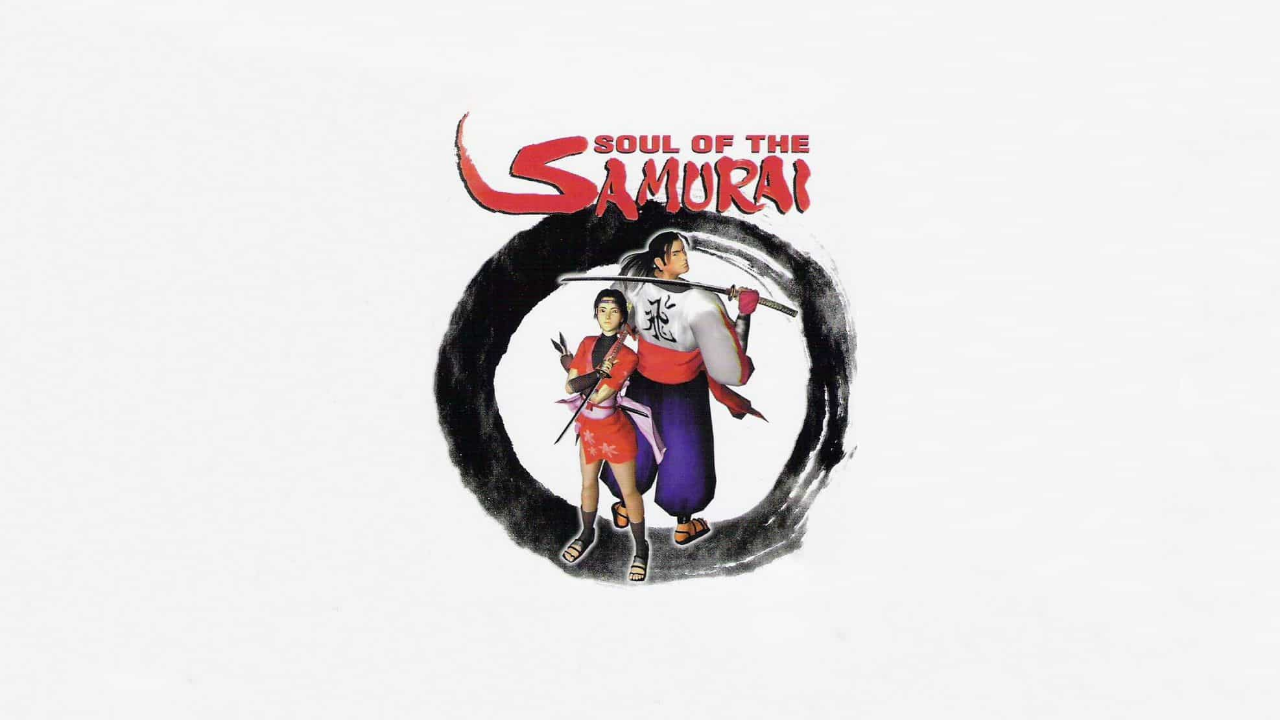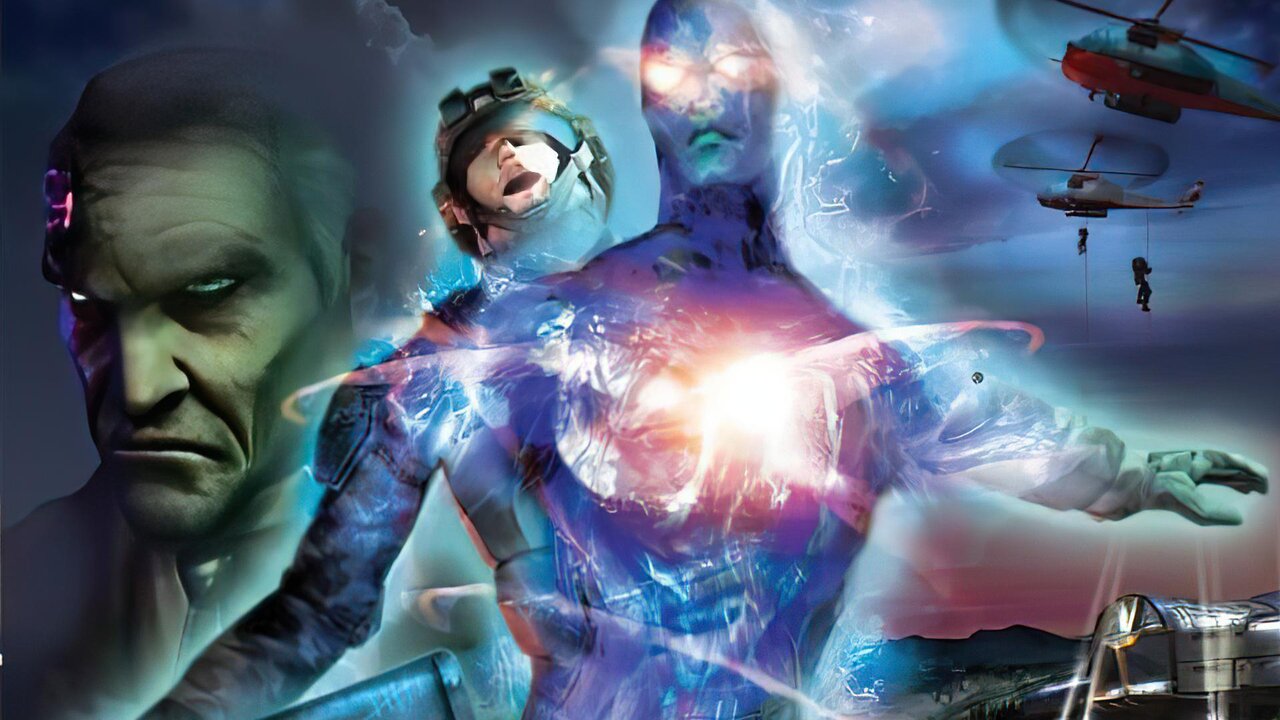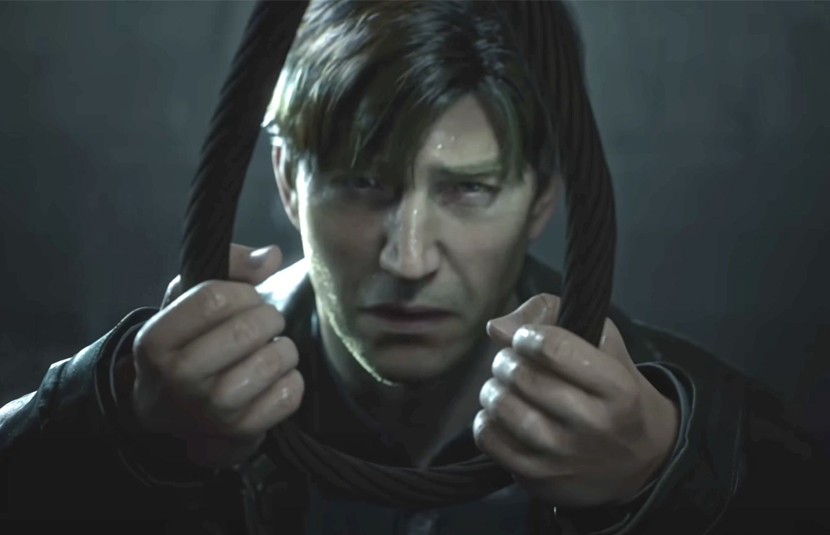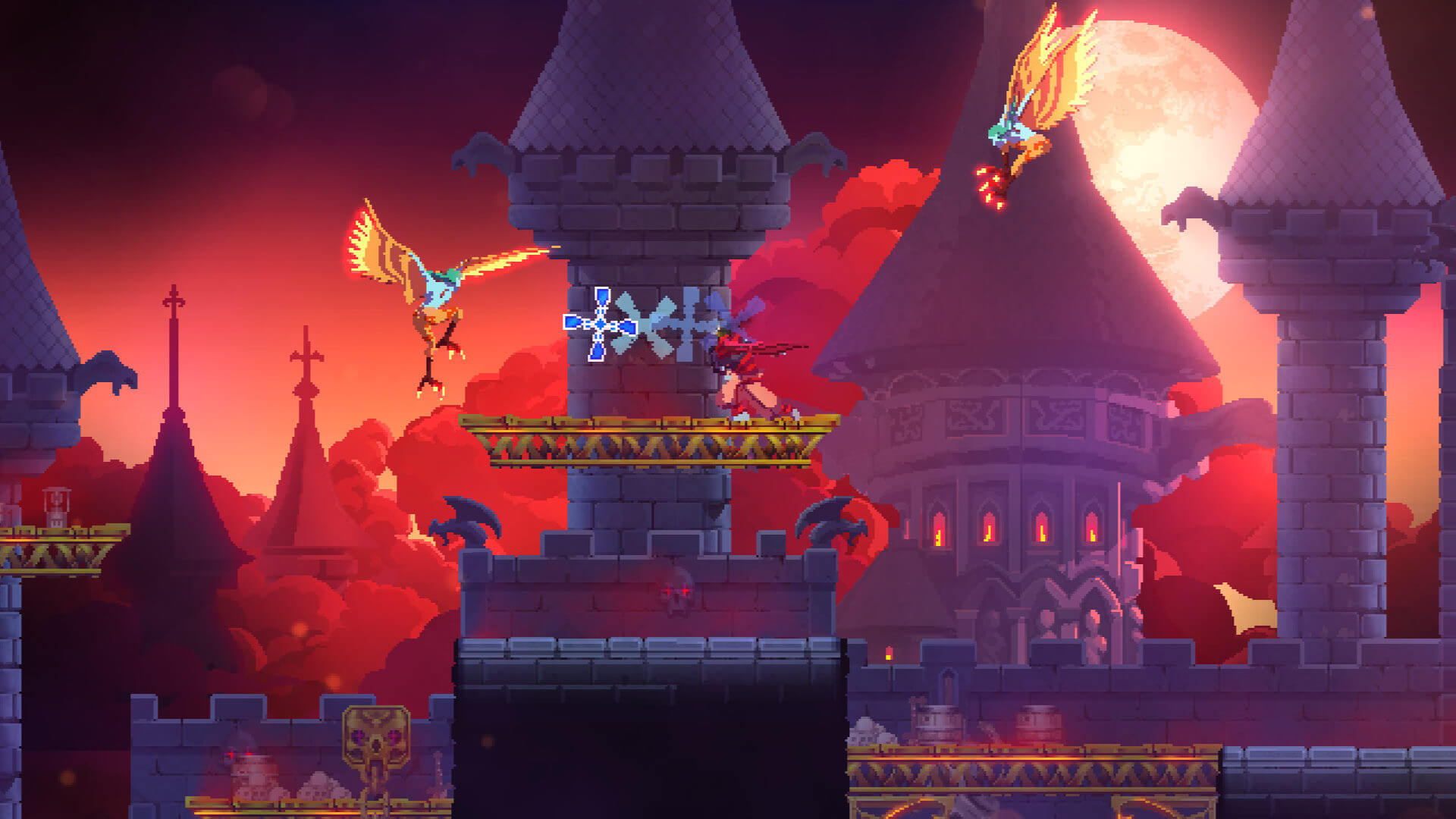
Retro Dread: Soul of the Samurai Slashed Before Onimusha
Welcome to Retro Dread, a new feature covering the well-known and not-so-well-known horror games from eras bygone. If you join me on this adventure you’ll be entering a world of SNES scares, Sega Genesis gore, Famicon fears, and other alliterative phrases conveying scary on old consoles. This week, we look at samurai slasher Soul of the Samurai.
When I say “samurai horror”, I’m sure the first thing that comes to mind – if anything – is Onimusha. The Onimusha series has been combining samurais with all forms of traditional and markedly non-traditional monsters and demons for over 20 years now. It’s widely accepted as the first samurai horror game. The original game, Onimusha: Warlords, dropped in January of 2001, and while not being as critically acclaimed as its survival horror contemporaries of the time (Silent Hill 2, Resident Evil 3), it was still a commercial success. It has since gone on to spawn multiple sequels and even a remaster of the original title in 2019.

Soul of the Samurai was released in August of 1999, almost 2 years before Onimusha. Onimusha was, at one point, being developed for the original PlayStation. There are rumors of a half-finished build still floating around out there, but no one has found it yet, if it even exists. It is important to note that Soul of the Samurai was developed by Konami, while Onimusha was a Capcom project. This dance seemed common in the late 1990s between these two companies. Capcom made a slow-paced survival horror game with tank controls in 1996. Konami made a slow-paced survival horror game with tank controls in 1999. Konami follows up with a slow-paced samurai survival horror game with tank controls, Capcom drops their own slow-paced samurai survival horror game with tank controls in 2001.
I’m not here to talk about Onimusha, although I already have quite a bit. I just want to correct a wrong: Onimusha was not the first Samurai horror game. I know what you’re saying: “Well Soul of the Samurai wasn’t the first samurai horror game either! There was Samurai Ghost for the TurboGrafx 16!”. Yeah, I know. I’m talking tank controls, pre-rendered backgrounds, and bad voice acting. Soul of the Samurai is the first Resident Evil-like samurai survival horror game. That’s a lot of quantifiers. It’s like being the first person to climb Everest with a Steam Deck. No one may care, but it is an accomplishment. I could get more granular about it and trace the roots of survival horror back to Sweet Home and Alone in the Dark and make a family tree all the way to Soul of the Samurai, but I digress.

Soul of the Samurai stands out with how overlooked it seems to be. It is the story of Kotaro Hiba, a grizzled yet aloof ronin who is returning to his village after a long absence, and Lin, a ninja from a cult who is also a spy. At the beginning of the game you pick one of these two characters and, depending on the character you pick, you’ll get a different route through the game, and even different bosses. From the outset, you can see the Silent Hill and Resident Evil inspirations on clear display. Tank controls, pre-rendered backgrounds, and other things I’ve already mentioned. Guns have been replaced with swords, and the zombies aren’t even present yet.
Soul of the Samurai doesn’t actually reveal it’s a horror game until a good bit into the game. Initially, you’re fighting the equivalent of the village police. These fights can be chaotic while you’re getting your feet under you, as Soul of the Samurai has a surprisingly deep combat system. You draw your sword and square off with an enemy. You can then do any number of attacks from a jumping slash to a thrust. Enemies can be knocked down and will get back up. The only way to know they’re down for good is when blood pools underneath them (Resident Evil much?). The only real hint you get that something supernatural is happening is Kotaro mentioning that he doesn’t know why the guards are being so aggressive.

By the time Soul of the Samurai actually drops the act and admits its horror, it goes hard. It stops pretending it isn’t horror and instead rushes you to the end of the game, throwing zombies, giants, human chimeras, lizard people, bats, and just about everything else at you. It stands out from its contemporaries in the sense that it’s very linear. The map in Soul of the Samurai is very clear on where you need to go, and what you need to do to get there. There are a couple of small diversions, not required, that will net you some of the best swords in the game, but they’re easy to skip on accident, or just not find.
Resident Evil did a great job highlighting items in the environment for you to find. Soul of the Samurai simplifies it even further by having items not be part of the environment. You won’t find a healing item sitting on a table. It’s more than likely that it will just be in a bag on the ground in the middle of the area you just entered. It isn’t interested in making you look for items. This streamlined approach comes close to something like Silent Hill. It seems like everything that came after Resident Evil tried its best to not be as cumbersome as early Resident Evil could be. It seems like the only titles that kept the often annoying mechanics and didn’t iterate on solid concepts was Resident Evil itself (until 4 anyways).

I like the depth of the combat in Soul of the Samurai, but that doesn’t mean it’s perfect. You lock on to the nearest enemy when you hold the block button, which more often than not can lead to enemies standing behind you while you focus on their friend. Most fights with multiple enemies start with corralling them into one side of the area so no one can get behind you. After that, you can usually clear them out. Occasionally, no matter what you do, enemies just block and then smash you. It’s completely random in a way, as there’s no way to break their guard. I found it frustrating a few times, but not enough to get me to stop playing.
I will be honest: Other than me suggesting it for gaming history reasons, there’s not really any good reason to go back to Soul of the Samurai. There is the nostalgia factor of course, but there have been many games since that do what Soul of the Samurai did, but better. It will remain a relic of a strange time in the late 90s dance of Konami and Capcom. A bit of odd history you can bring up when someone talks about Onimusha, even though with 10+ years since its last new title, I’m not sure anyone is talking about Onimusha either.




